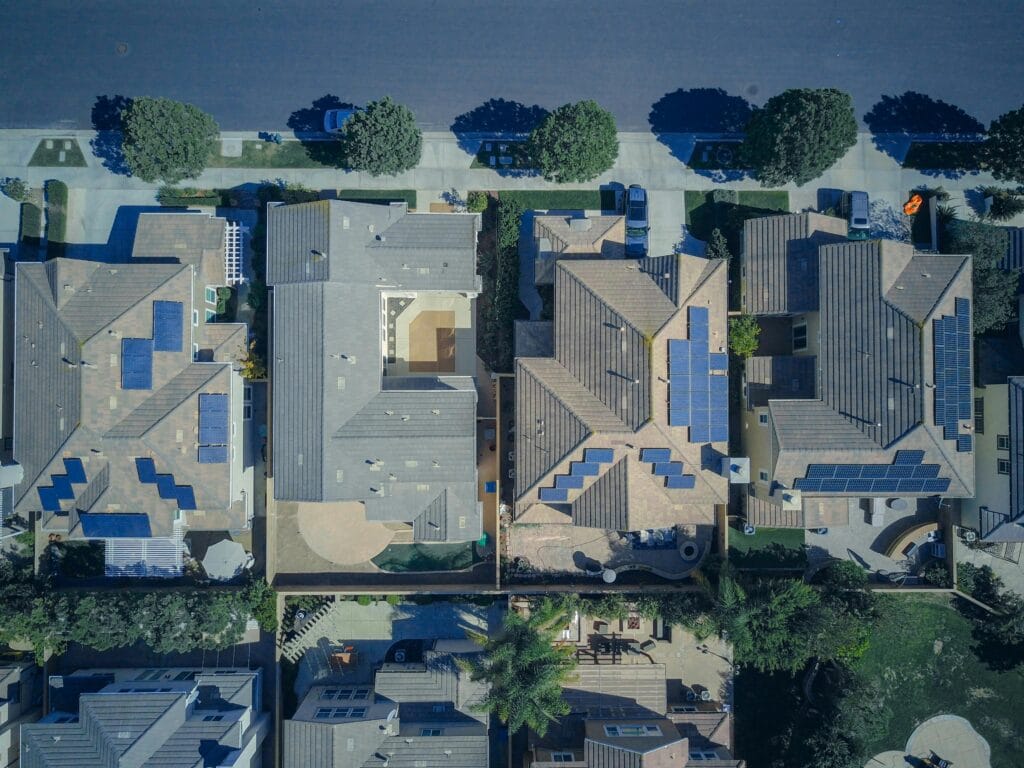At Releve Real Estate, we’re always looking forward—helping our clients navigate the ever-changing housing market with confidence. As we peer into the next five years (2025-2030), what will shape the future of real estate across the U.S., and how will it impact property values? From economic shifts to climate challenges, here’s our take on the key trends driving the market nationally, plus a closer look at Tampa Bay’s unique outlook.
1. Interest Rates and Affordability: The Market’s Pulse
Interest rates are the heartbeat of real estate. In early 2025, mortgage rates sit between 6% and 7%, but the Federal Reserve’s recent easing suggests a downward trend. By 2030, rates could settle around 5.5%, making borrowing more affordable and spurring demand. This shift will likely nudge home values up—experts predict a steady 2-3% annual increase nationwide.
That said, affordability remains a hurdle. High home prices and sticky inflation mean many buyers will stretch their budgets. At Releve Real Estate, we’re seeing this tension play out daily, but lower rates should gradually ease the pressure, especially for first-time buyers.
2. Housing Supply: Building Toward Balance
The U.S. housing shortage—estimated at 4-6 million homes—won’t vanish overnight. However, the next five years promise progress. New construction is picking up, particularly in Sun Belt states, thanks to relaxed zoning and builder incentives. By 2030, we could see 1-2 million new units, pushing inventory closer to a balanced 5-6 months (up from 4.5 months in 2025).
Supply growth will stabilize prices rather than crash them. Markets with aggressive building—like Florida and Texas—will lead the charge, offering buyers more options and keeping values in check.
3. Climate Change: Reshaping Where We Live
Climate risk is rewriting the real estate map. By 2030, flooding, wildfires, and heatwaves could threaten nearly half of U.S. homes, driving up insurance costs and shifting buyer priorities. Coastal areas may lose some luster, while “climate-resilient” regions gain value. Sustainable homes—think energy-efficient designs and storm-proof builds—will fetch premiums as eco-awareness grows.
At Releve Real Estate, we’re already advising clients to factor climate into their decisions. It’s not just about location—it’s about future-proofing your investment.
4. Technology and Remote Work: Location, Redefined
Remote work isn’t fading—it’s reshaping real estate. With hybrid schedules sticking around, buyers are flocking to suburbs and smaller metros, untethered from urban cores. Tech like virtual tours and AI-powered searches (tools we love at Releve Real Estate) will make buying seamless, intensifying competition.
Nationally, this shift will boost suburban home values while softening urban condo markets. Homes with dedicated offices or flexible spaces will stay in high demand through 2030.
5. Demographic Shifts: Buyers of Tomorrow
Millennials (now 30-45) are hitting their homebuying stride, snapping up starter homes and suburban gems. Meanwhile, Baby Boomers are downsizing or opting for age-in-place properties, fueling demand for single-story layouts and 55+ communities. By 2030, multigenerational homes will surge as families team up to tackle affordability.
These shifts will lift values in job-rich, family-friendly markets—a trend we’re tracking closely for our clients.
National Outlook: Growth with Nuance
Through 2030, expect moderate national growth—2-4% annual price gains. Sun Belt states will outshine the Midwest and Northeast, driven by migration and economic vitality. Markets with oversupply might cool slightly, but climate risks could stall gains in vulnerable spots. Overall, it’s a steady climb, not a rollercoaster.
Tampa Bay: Our Local Edge
Here in Tampa Bay, where Releve Real Estate calls home, these trends take on a local flavor. With our population nearing 5.3 million by 2030, demand will keep pushing values up, though a brief 4-5% dip in 2025 is possible as inventory rebounds from hurricane setbacks. Coastal risks will steer buyers inland—think Hillsborough and Polk Counties—while new builds in Wesley Chapel and Brandon ease supply woes.
Sustainable, storm-ready homes will shine in Tampa Bay’s market, blending resilience with appeal. By 2030, we’ll see a balanced, buyer-friendly region that still holds strong investment potential.
Your Next Move with Releve Real Estate
The next five years will bring evolution to real estate—nationally and in Tampa Bay. Whether you’re buying your dream home, selling a property, or investing for the future, Releve Real Estate is here to guide you. Ready to stay ahead of the curve? Contact us today at releverealestate.com to start planning your next step.
What’s your take on the future of real estate? Let us know in the comments—we’d love to hear from you!

